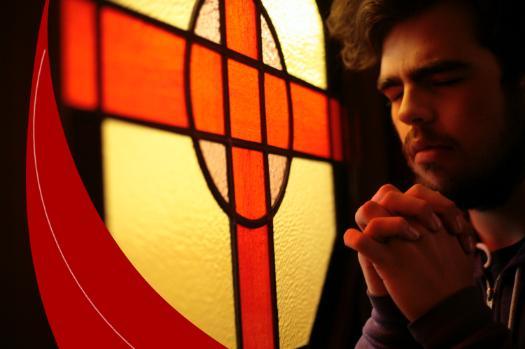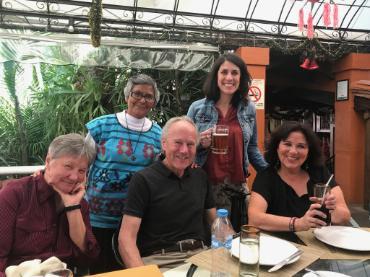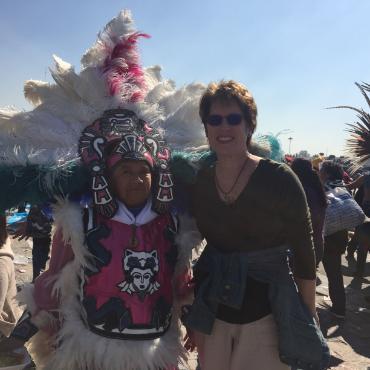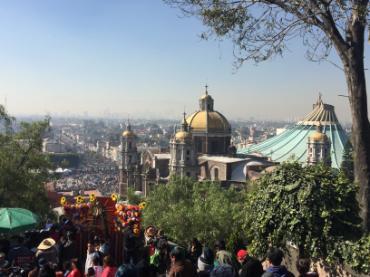
Seattle U is at its heart a Jesuit university rooted in the Catholic intellectual tradition. That tradition has defined the university through dynamic evolutions since its founding in 1891. For at least three decades, Jesuit universities worldwide have been creatively examining how to preserve their identity with the number of Jesuits in decline. Today there are currently 27 Jesuits living and working at Seattle University, some serving as resident ministers in the dorms or teaching our students as professors.
Our vision calls for all Seattle U colleagues to know what it means to be Jesuit -- to balance self-reliance with interdependence, knowledge with spirituality, and mind with heart. Our faculty and staff, steeped in this tradition, will continue to develop Seattle U’s Jesuit Catholic character. They, in turn, will be the ones to inspire students and alumni to carry forth the Jesuit flame as leaders for a just and humane world. To realize this vision, Seattle U is pioneering a model for becoming Jesuit in a new way.
This new approach to our Jesuit Catholic identity hopes to ensure that future students, faculty and alumni share the same strong education rooted in Jesuit values as those who came before. Some ways in which Seattle University’s Jesuit Identity has evolved include:
The Institute for Catholic Thought and Culture
Seattle University’s Institute for Catholic Thought and Culture invites the Seattle University community to retrieve, reclaim and revive a tradition of exploration, examination and engagement with the intersection of religion and culture, of faith and reason, and of church and world by creating a culture of rigorous study of and dialogue with the Catholic intellectual and wisdom tradition.
The Center for Jesuit Education
The Center for Jesuit Education offers programs and services designed to foster a deeper understanding of the Jesuit and Catholic mission of Seattle University. Many of the programs are oriented toward faculty and staff, though other populations served include alumni, students and university board members.
The Stephen V. Sundborg, S.J., Endowment for Jesuit Teaching and Ministry
President Sundborg’s commitment to furthering Seattle U’s Jesuit tradition of excellence in education, teaching and service will be his legacy. The Endowment for Jesuit Teaching & Ministry will secure his vision in perpetuity, assuring our ability to recruit, welcome and employ Jesuits whenever they are available to join us. It will help to secure the Jesuit presence, a touchstone for the Jesuit education that Seattle University has offered since our founding in 1891.
Campus Ministry
Rooted in the Jesuit Catholic tradition, Campus Ministry serves a vibrantly diverse, yet inclusive community of Seattle University students committed to exploring understanding, and deepening a faith that does justice in their lives.
Regardless of one’s faith background, Campus Ministry provides an open and hospitable community to gather in friendship, conversation, discernment and understanding of what one’s purpose is in life through retreats, service, liturgy and worship, immersions, social justice education, reflection activities and more.
The Roger Gillis, S.J., Endowment to Enliven the Student Experience
Fr. Rog believed strongly in providing a variety of ways for students to be in community with and serve one another. This is why the Roger Gillis Endowment will support student retreats and immersions, ensuring these opportunities continue to exist for generations to come.
Visit our website to learn about other ways our Jesuit tradition continues to thrive on campus.



